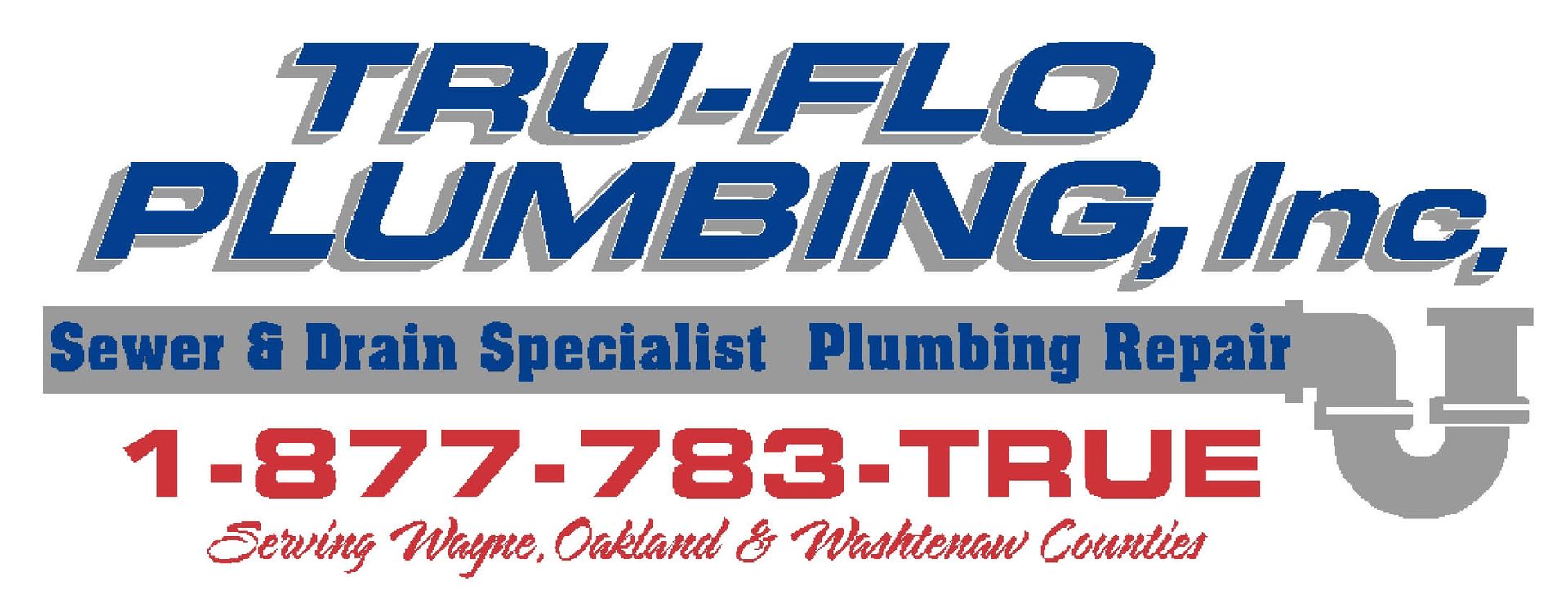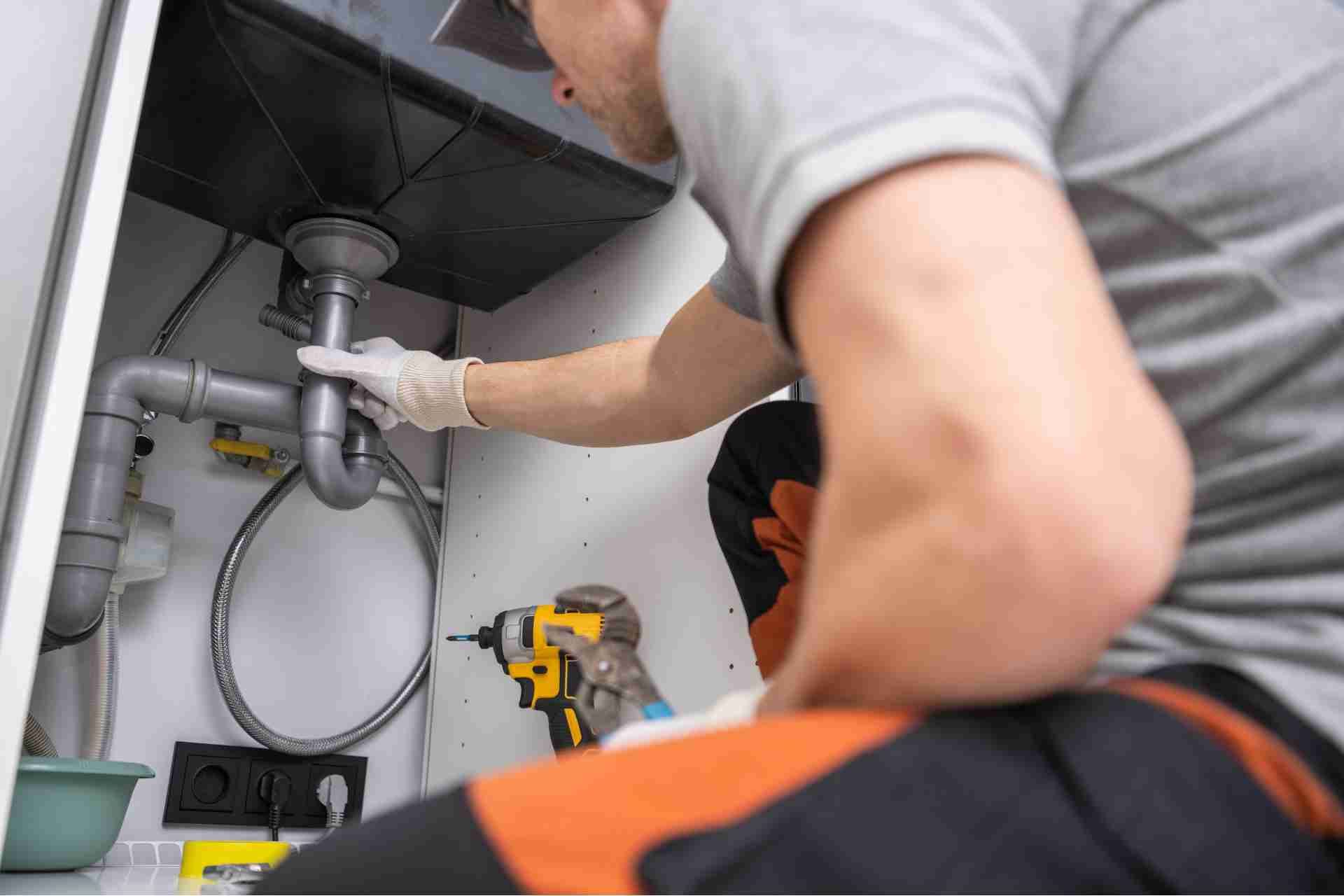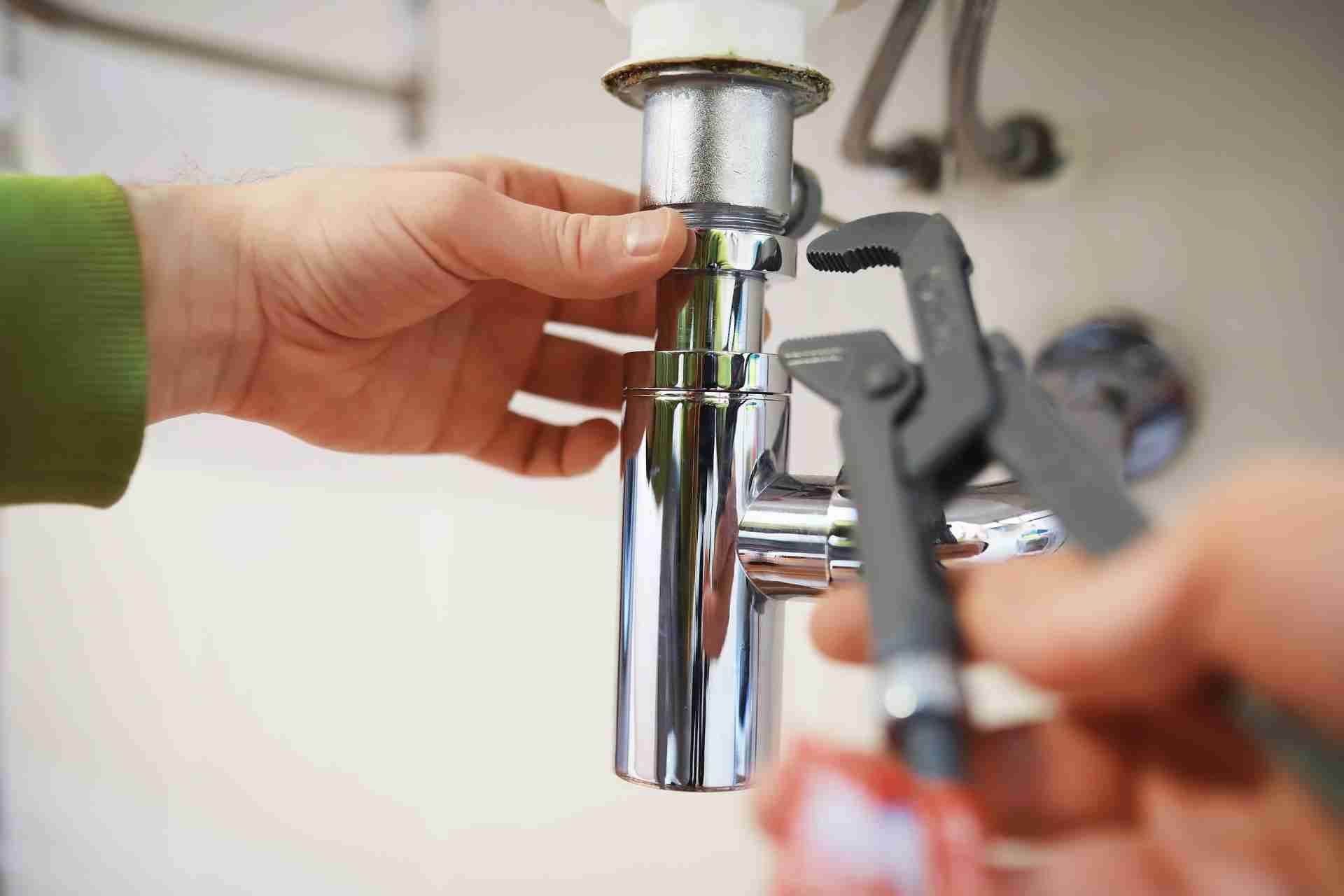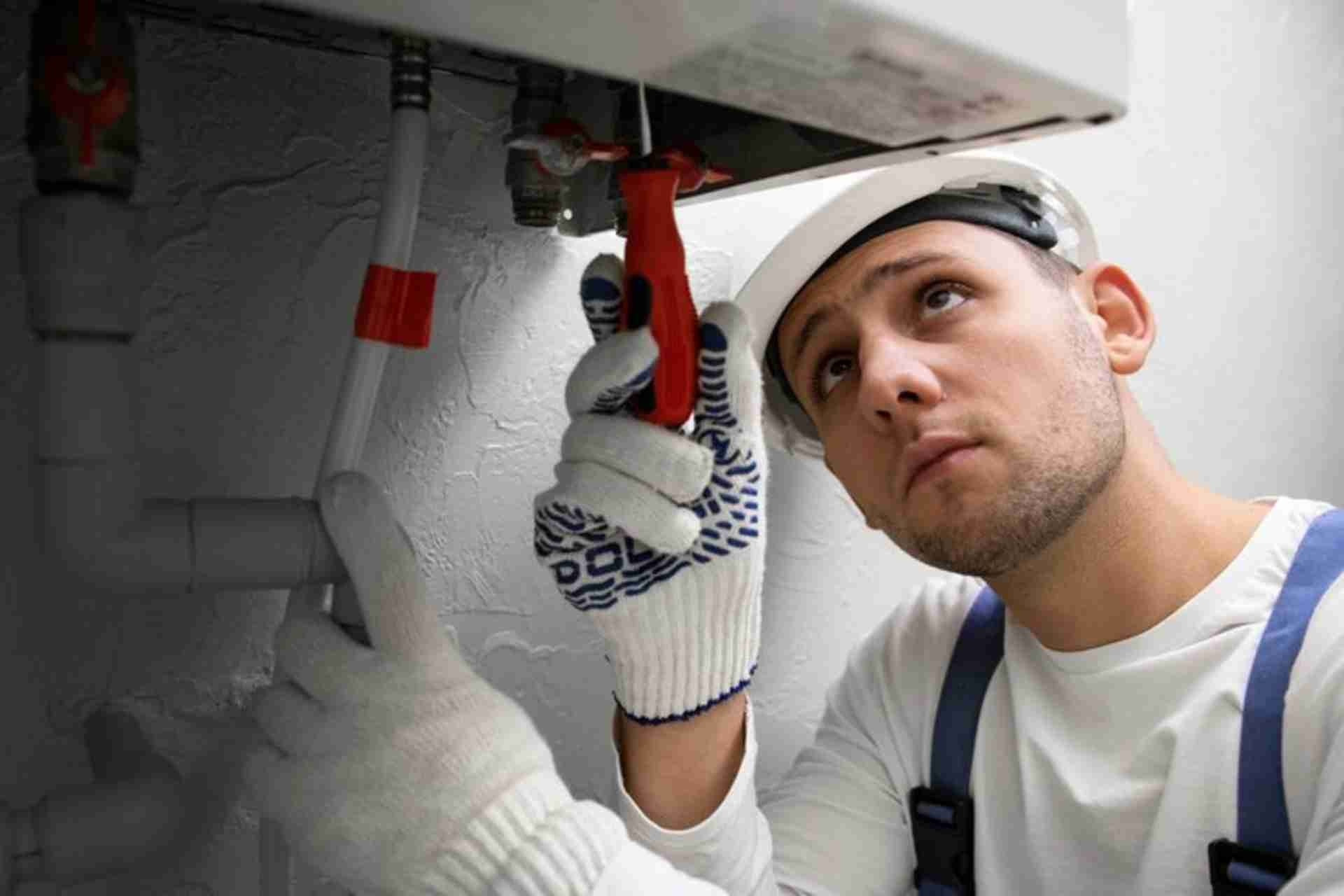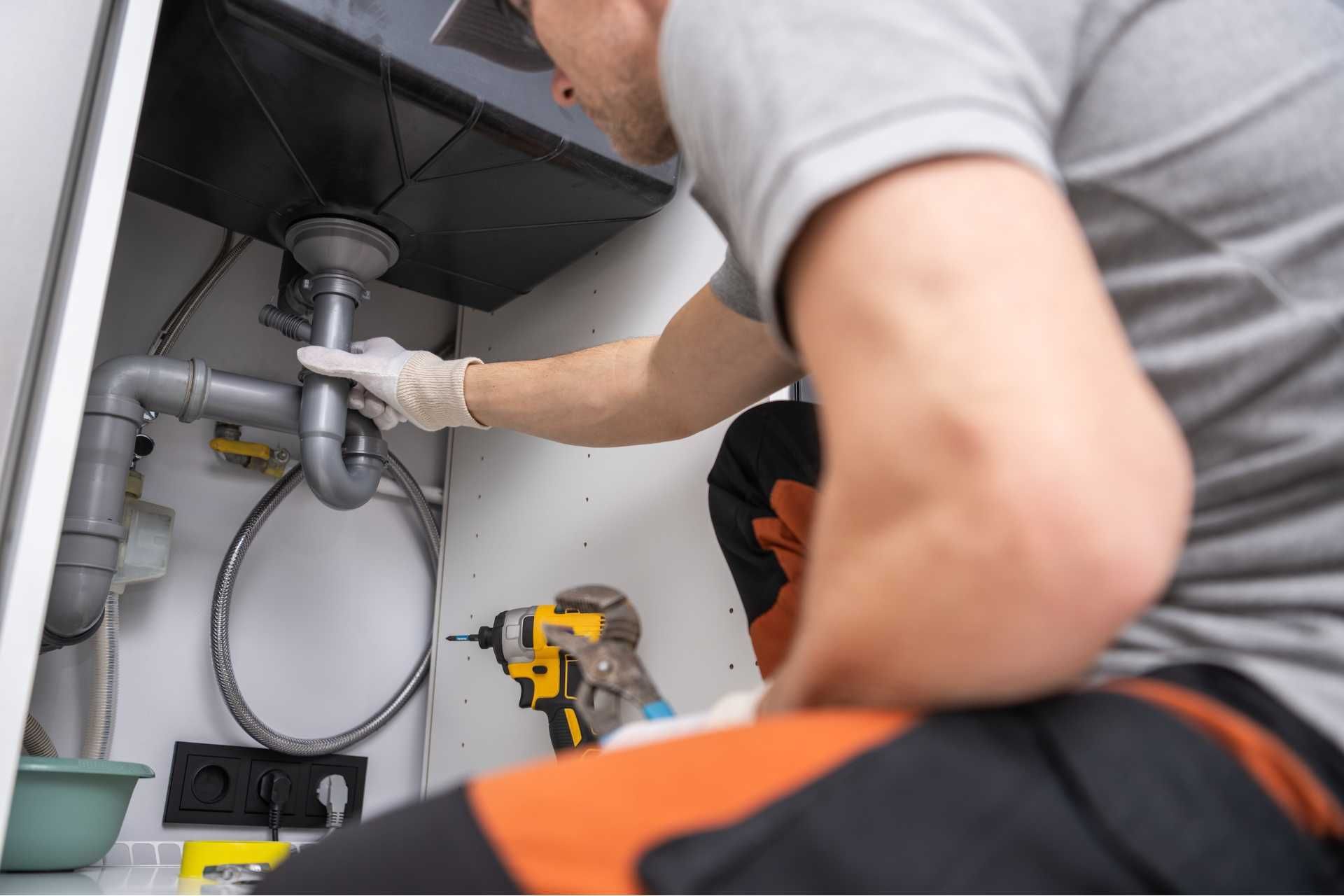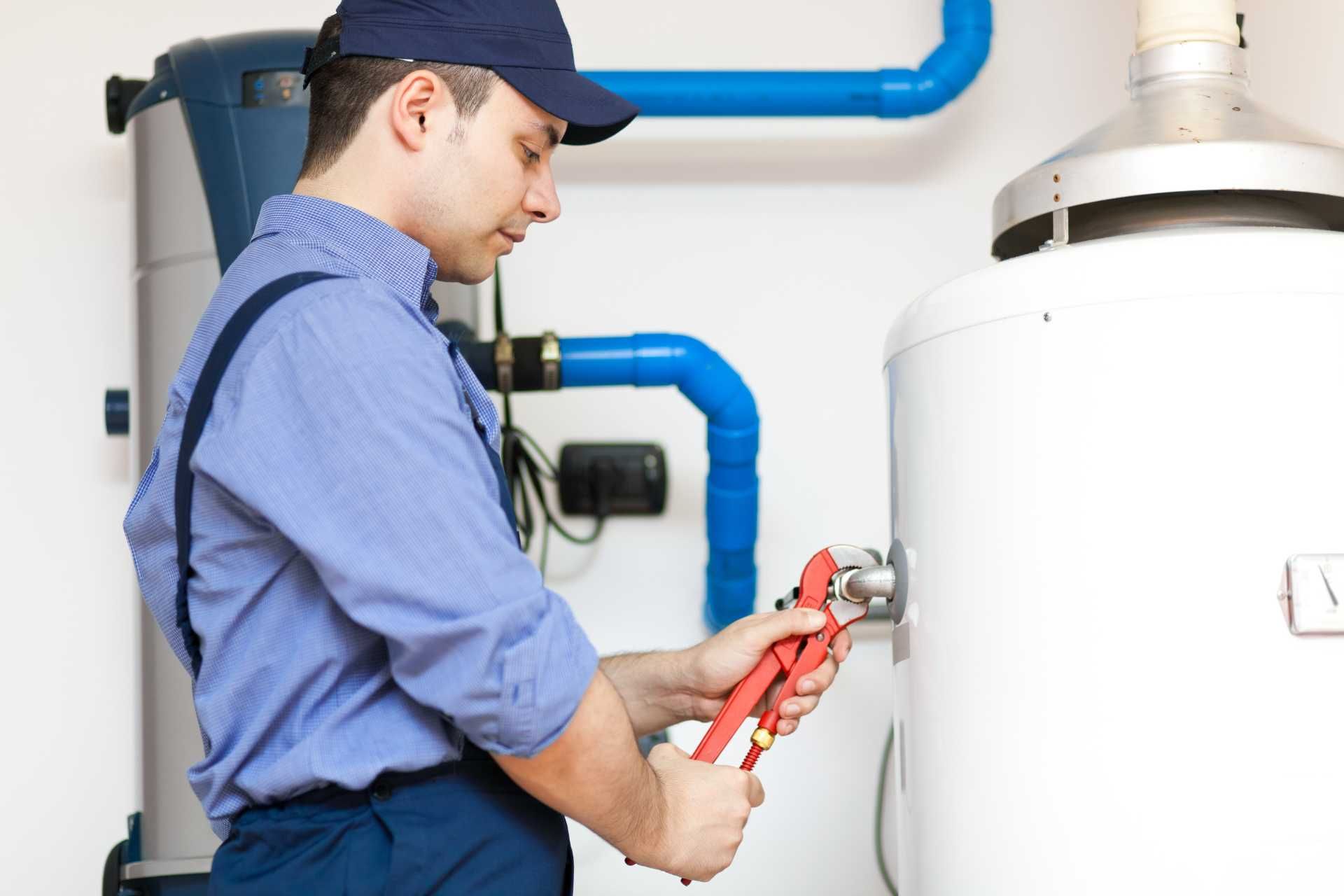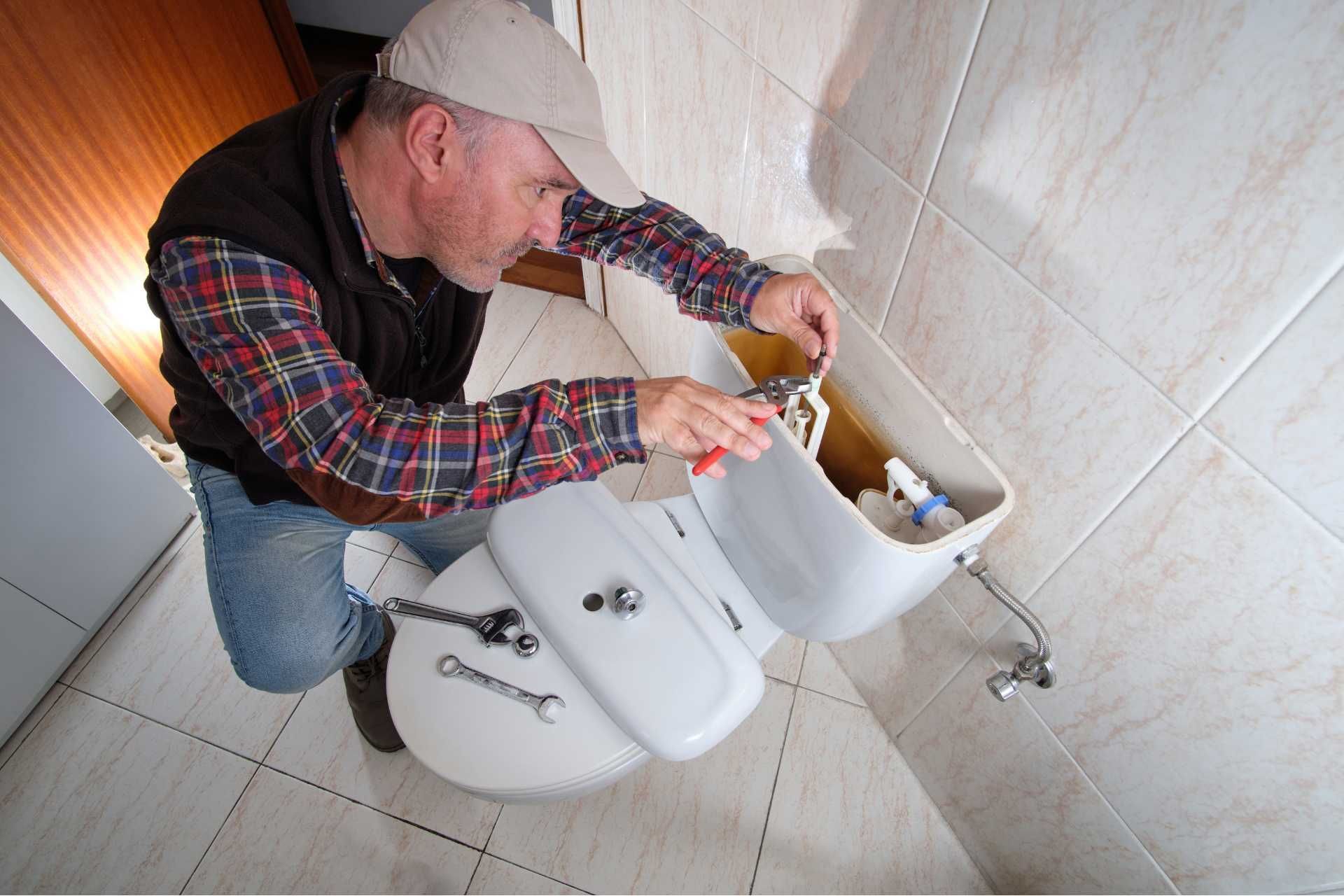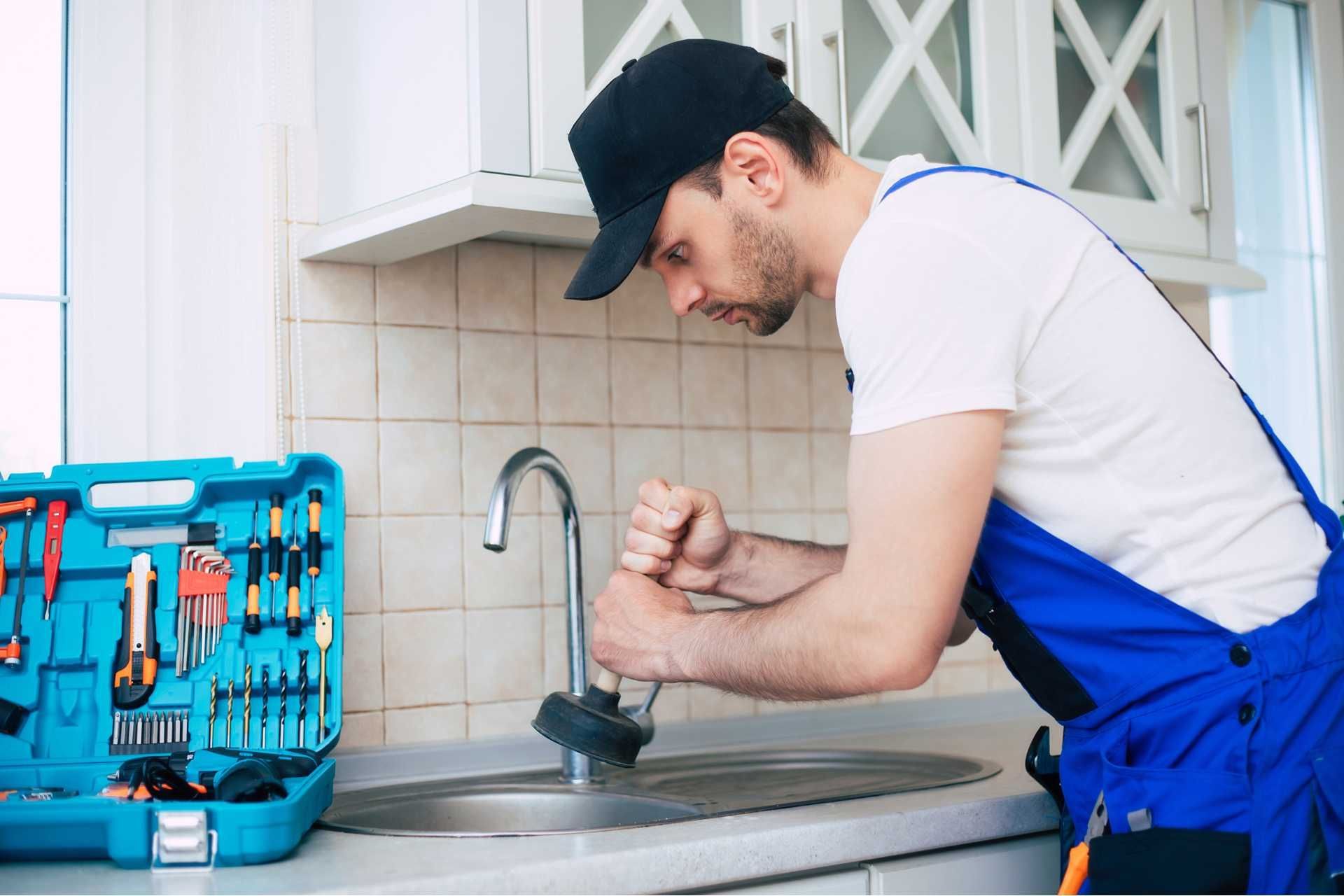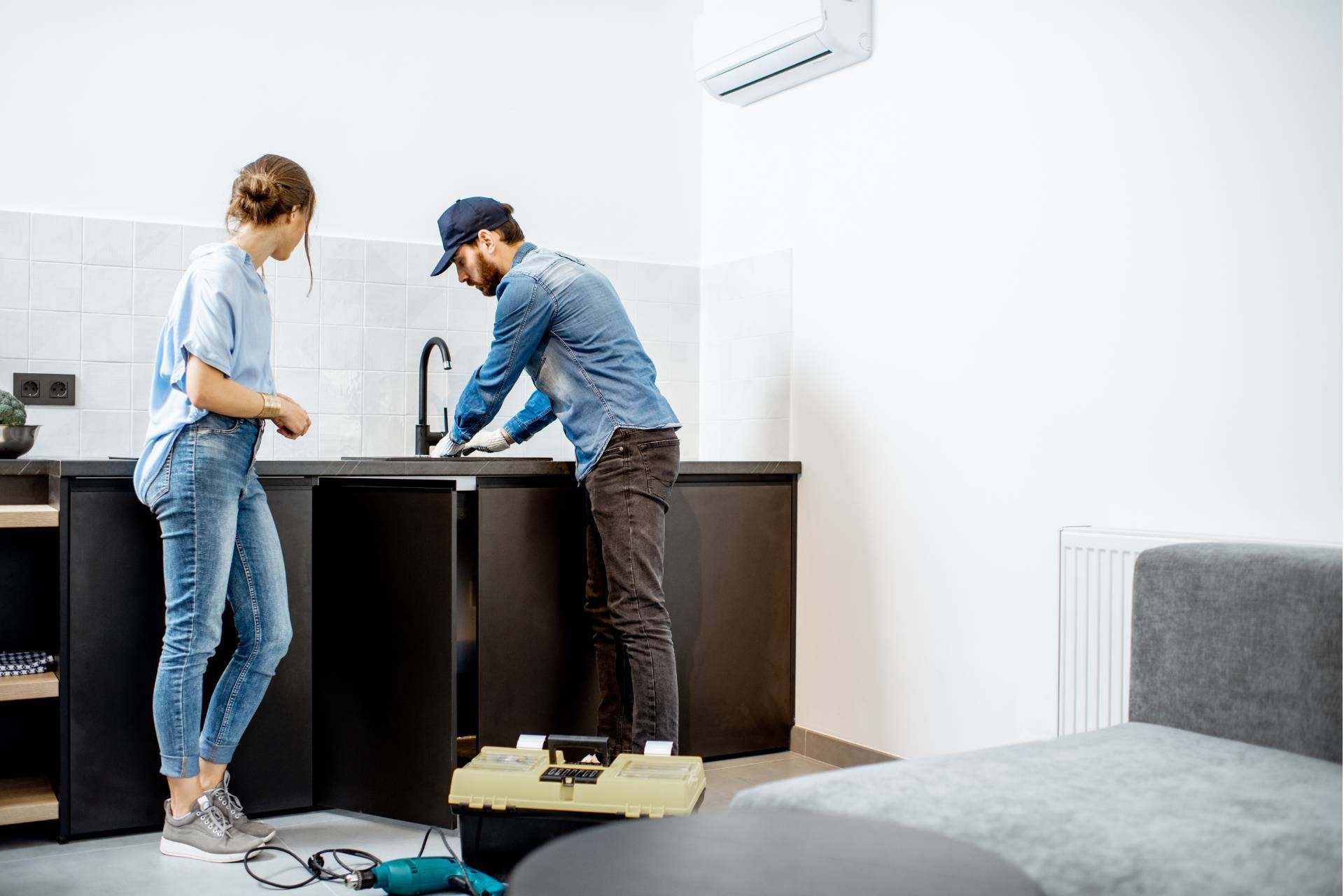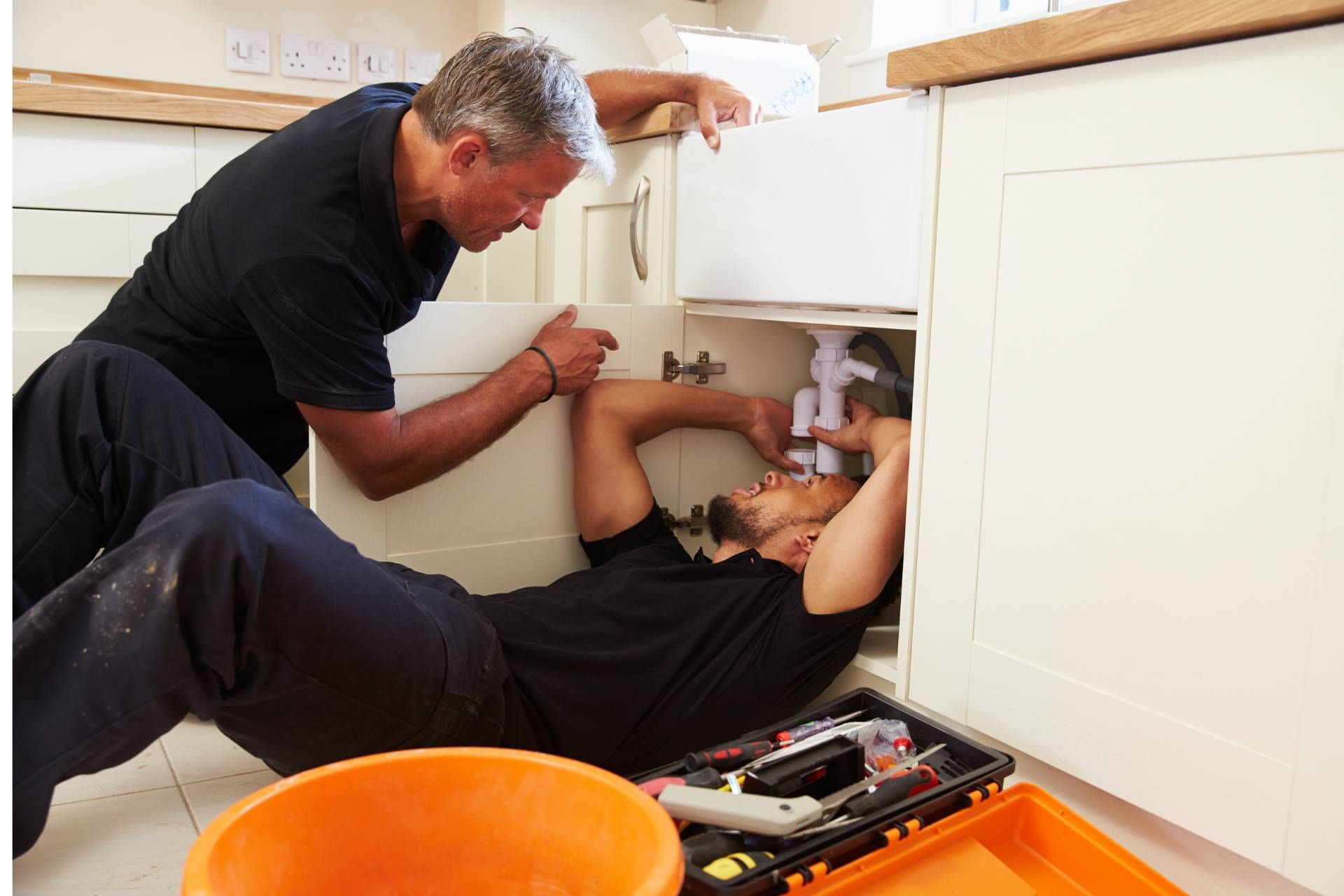Plumbing 101: Understanding How Plumbing Systems Work
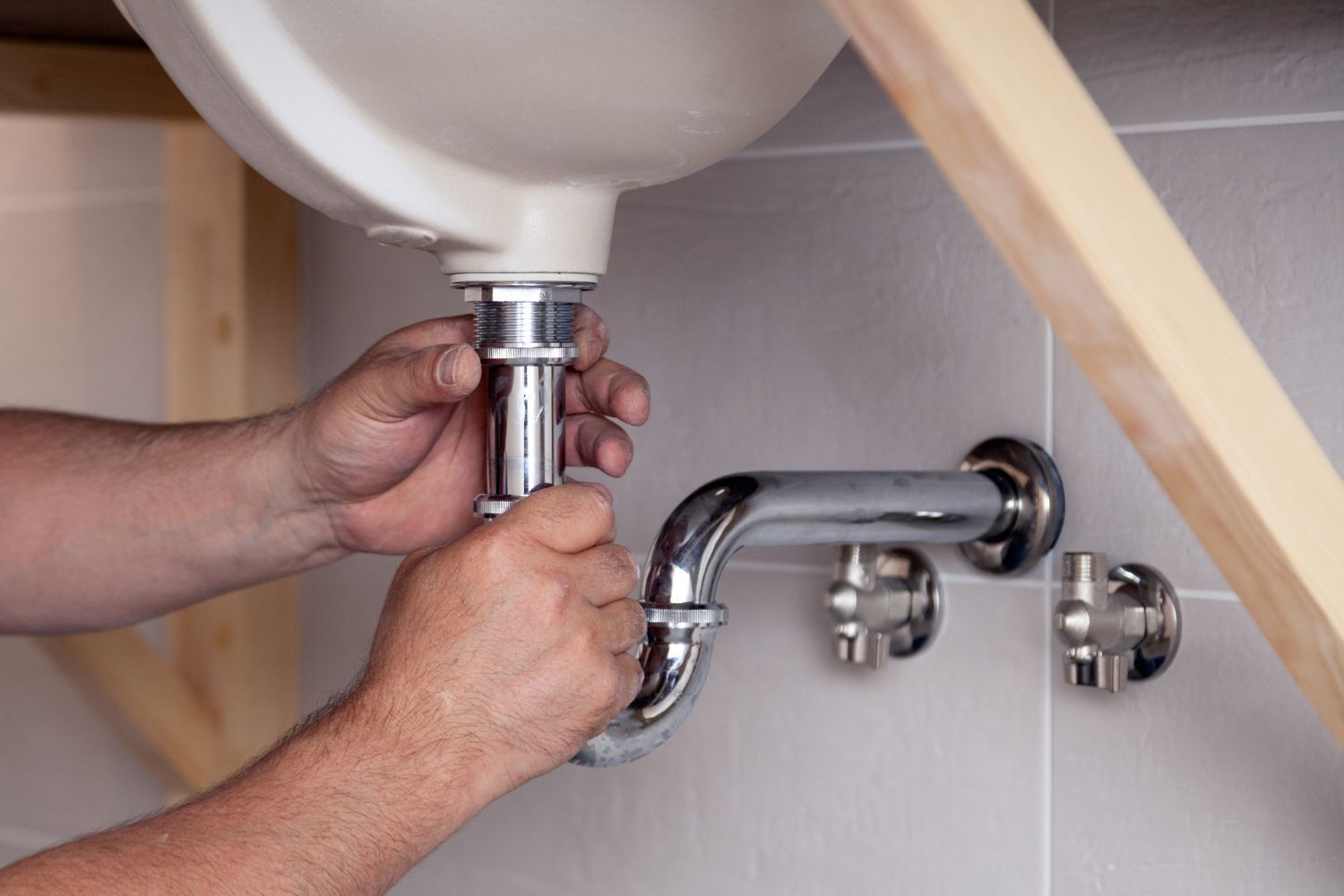
Introduction
Plumbing is an essential aspect of our modern infrastructure, providing us with clean water for various purposes and facilitating the proper disposal of waste. While we rely on plumbing every day, many people are not familiar with how it actually works. In this blog post, we will delve into the basics of plumbing, explaining how plumbing systems function, the key components involved, and the principles that govern their operation. By gaining a better understanding of how plumbing works, you will be better equipped to appreciate the importance of this vital system in our homes and buildings.
The Purpose of Plumbing Systems
Plumbing systems serve two primary purposes: supplying clean water and removing waste. Clean water is delivered to our taps, showers, and appliances, allowing us to access water for drinking, cooking, bathing, and cleaning. On the other hand, waste water and sewage are safely removed from our homes and buildings, preventing contamination and maintaining proper sanitation.
Components of a Plumbing System
A plumbing system consists of several key components that work together to ensure the proper flow of water and waste. These components include:
- Water supply lines: These are pipes that bring water from the main water source, such as a municipal water supply or a well, into the building.
- Fixtures: Plumbing fixtures include faucets, sinks, toilets, showers, bathtubs, and appliances that require water supply and drainage connections.
- Drainage system: The drainage system consists of pipes that carry waste water and sewage away from the building, allowing it to be safely disposed of or treated.
- Vent pipes: Vent pipes provide air circulation within the plumbing system, preventing the formation of negative pressure, allowing proper drainage, and eliminating sewer odors.
- Traps: Traps are curved sections of pipes located beneath sinks, showers, and toilets. They hold a small amount of water that creates a seal, preventing sewer gases from entering the building.
- Water heater: The water heater is responsible for heating and storing hot water for domestic use.
Water Supply and Distribution
The water supply and distribution process involves several stages:
- Water source: Water is typically sourced from a municipal water supply, private well, or other sources, depending on the location.
- Water meter: A water meter measures the amount of water consumed and is typically installed near the point where the main water supply enters the building.
- Pressure regulation: Pressure regulators ensure that water is supplied at an appropriate pressure, preventing damage to pipes and fixtures.
- Water storage: In some cases, buildings have storage tanks or cisterns to store water for future use, especially in areas with intermittent water supply.
- Distribution pipes: Water is distributed throughout the building via a network of pipes, delivering water to various fixtures and appliances.
Drainage and Waste Disposal
The drainage and waste disposal process involves the following steps:
- Gravity flow: Waste water and sewage flow through a system of pipes using gravity. Sloped pipes ensure the movement of waste toward the main sewer line or septic system.
- Ventilation: Vent pipes provide air circulation, preventing airlock and allowing the free flow of waste water. They also allow sewer gases to escape safely.
- Traps: Traps, located beneath fixtures, prevent sewer gases from entering the building while allowing waste water to pass through.
- Main sewer line: The main sewer line carries waste water from the building to the municipal sewer system or a private septic system.
- Treatment or disposal: In urban areas, waste water is typically treated at wastewater treatment plants. In rural areas, it may be disposed of through a septic system.
Maintaining a Plumbing System
Proper maintenance is crucial to ensure the longevity and efficient operation of a plumbing system. Regular inspection, leak detection, and addressing any issues promptly are key to preventing water damage and costly repairs. Other maintenance tasks include clearing clogged drains, cleaning fixtures, checking water pressure, and maintaining water heaters.
Common Plumbing Issues and Solutions
Plumbing systems can experience various issues over time. Some common problems include leaks, clogged drains, dripping faucets, and low water pressure. These issues can often be resolved by DIY methods or by hiring a professional plumber to assess and fix the problem.
Conclusion
Plumbing systems are complex networks of pipes, fixtures, and components that work together to provide clean water supply and efficient waste disposal. Understanding how plumbing works allows us to appreciate the importance of this vital system in our homes and buildings. From the water supply and distribution process to the drainage and waste disposal system, each component plays a crucial role. Regular maintenance and prompt addressing of issues are essential to keep the plumbing system in optimal condition. By having a basic understanding of plumbing principles, you can take proactive measures to prevent problems, make informed decisions when it comes to repairs and upgrades, and ensure the smooth functioning of your plumbing system for years to come.
Address: 3215 Dix Hwy, Lincoln Park, MI 48146 | Phone: 1-877-783-TRUE (8783)
Copyright © 2023 Tru-Flo Plumbing, All Rights Reserved
